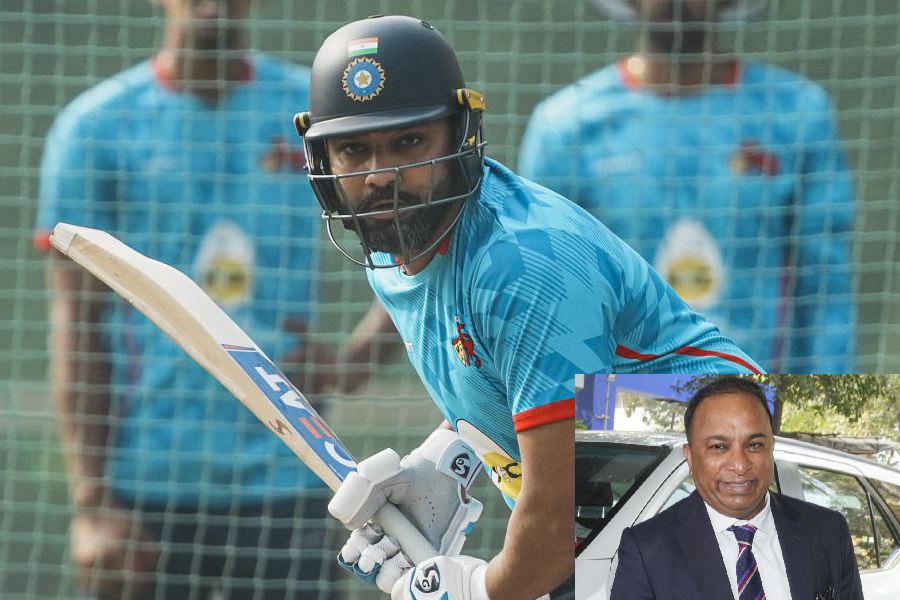A marked difference in school education structure from the Centre’s recently-announced New Education Policy (NEP), 2023 and a tweaked language learning formula in schools are the highlights of the Bengal State Education Policy (SEP), 2023.
The 173-page state report was notified by the Bengal government earlier this week.
The Centre’s NEP proposes a 5+3+3+4 system, dividing schooling into foundational stage (five years), preparatory stage (three years), middle stage (three years) and secondary (covering grades nine to 12) stages with 12 years in total.
By sharp contrast the state government accepted and notified the proposal of the committee formulating the state’s overall education policy, encapsulating both school and higher education, which vouched for the existing 5+4+2+2 pattern in school education structure.
“The present structure of school education in West Bengal follows a 5+4+2+2 pattern. Beginning with one year of pre-primary and four years of primary till Class 4, the students move through four years of upper primary, to two years of secondary and two years of higher secondary,” the report stated.
It went on to add: “It is proposed that the same pattern should be continued to be followed in the state. The only change suggested in the structure is the inclusion of the first two years of early years education at an Anganwadi centre. This would be followed by one year of pre-primary at a government or private pre-primary school. The existing structure of primary, upper primary, secondary and higher secondary would remain as it is.”
While both the NEP and the SEP speak of introducing a “three language policy” in schools, the difference between the two looked subtle. While the Centre proposes that “The medium of expression until at least grade five – but preferably till grade eight or beyond – shall be the student’s mother tongue, or the local or regional language,” the state policy only wishes to introduce the three-language formula only at the upper primary level.
“Three language formula to be introduced in schools, for the students of class 5 to 8 depending upon the availability of infrastructure and resources. It is suggested that the first language (mother tongue) would be the medium of instruction of the school e.g. Nepali in Nepali medium school, Santhali in Santhali medium school, Rajbanshi in Rajbanshi medium school, Bengali in Bangla Medium school, English in English medium school, Urdu in Urdu medium school, Hindi in Hindi medium school, Kurmali in Kurmali medium school etc. Second language may be English (in non-English medium) or any language other than 1st language depending upon the choice of the student. Third language may be any other language opted by the student, other than first and second language,” the state policy states.
It, however, adds a rider: “The Three-Language formula shall be applicable for upper primary level only as the language learning ability in the primary stage should not be burdened, keeping in mind the development needs and abilities of students at that age.”
“The ‘three-language formula’ will continue to be implemented in schools, where two of the three languages shall be native to India,” the NEP, 2023 states in conformity with the state policy.










